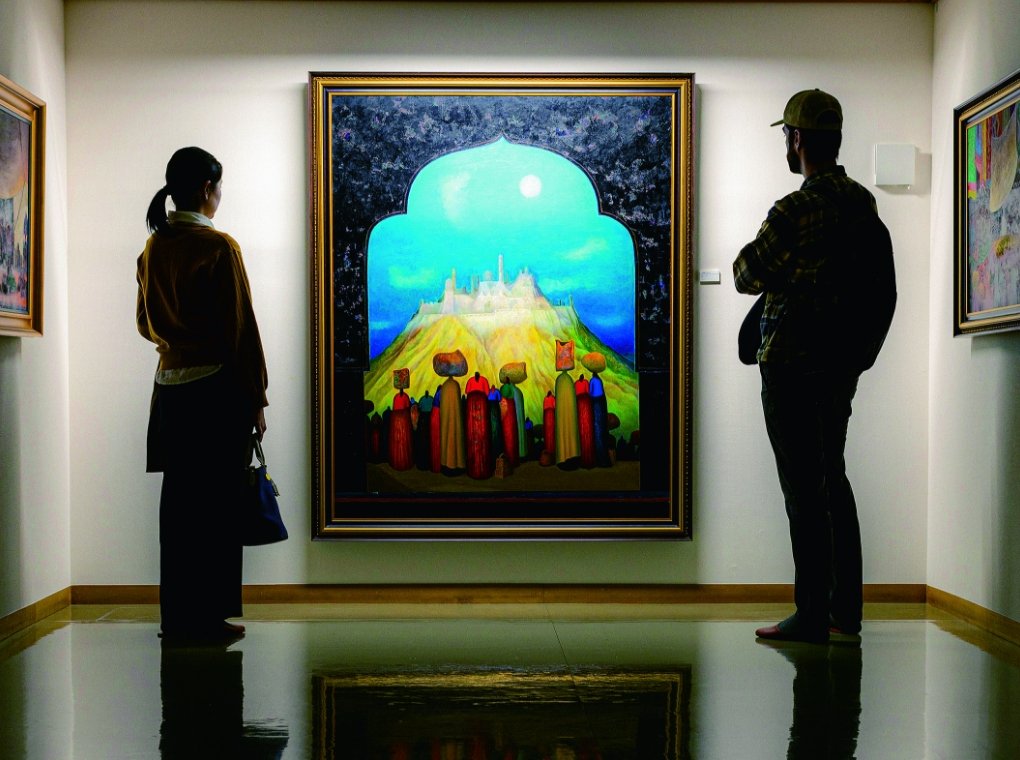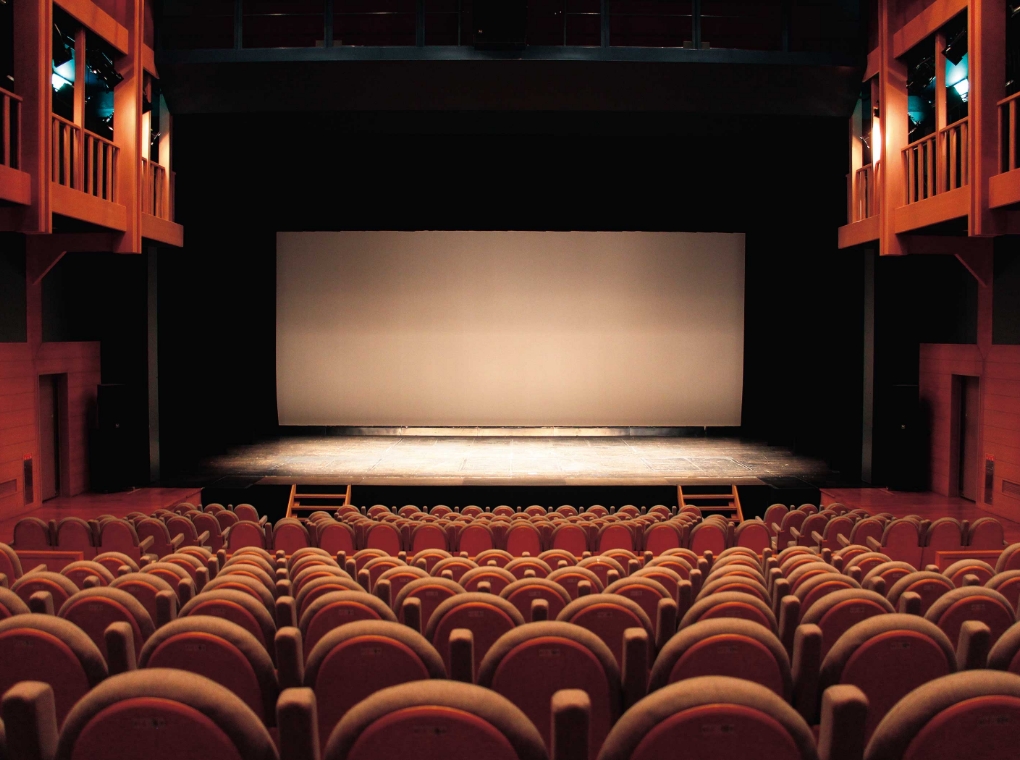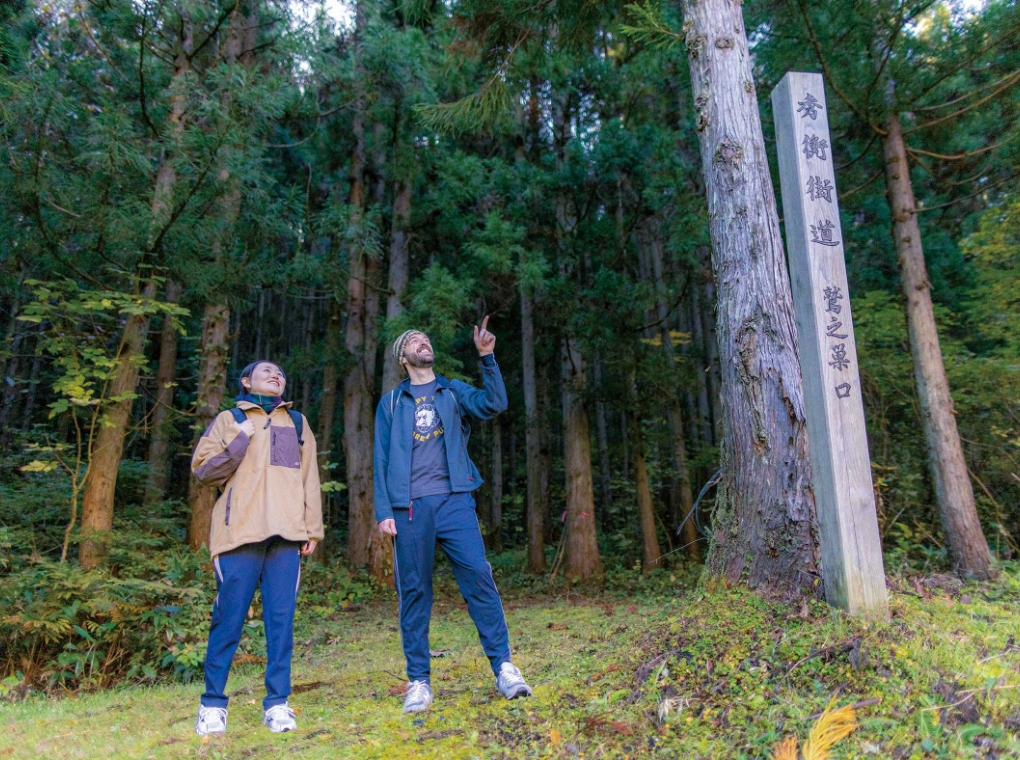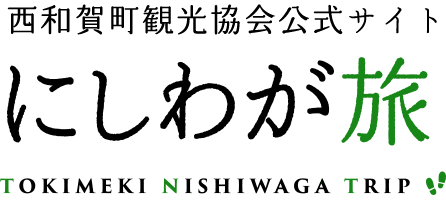
Kawamura Art and Sketch Museum
Painter Kawamura Isamu, a native of the town, was known as a “solitary artist” because he distanced himself from the mainstream art world. He primarily worked in oil painting and, in 1985, used his personal funds to build the art museum. In 1992, the sketch museum was also completed, both of which he donated to the town. The museum exhibits more than 30 works, including pieces selected for the Nitten Exhibition, while the sketch museum houses over 90 sketches.
- Inquiries:
- 0197-82-3240 (Ginga Hall)

Historical Folk Materials Museum
Here you can see artifacts excavated from the Odaino Site, the remains of a Paleolithic dwelling dating back 18,500 years; the Karakasa Renpanjo, a feudal-era document bearing circular signatures designed to prevent identification of peasant uprising leaders; as well as records and ores from the once-thriving gold and mineral mines of the region. Together, these exhibits offer a glimpse into the history of the town, which prospered as a center of mining and hot springs.
- Inquiries:
- 0197-82-3240 (Ginga Hall)

Nishiwaga Town Cultural Creation Center Ginga Hall
This is a rare theater in Japan dedicated exclusively to drama, operated by the town. Shortly after World War II, a local theater troupe was formed by residents, later expanding its activities nationwide. Ginga Hall was built as the venue for the theater festival of the 8th National Cultural Festival Iwate ’93, and in 1995, an additional multipurpose facility, “U Hall,” was completed. Today, the hall continues to serve as a hub for town-wide theater festivals, training camps, and other theatrical activities.
- Inquiries:
- 0197-82-3240 (Ginga Hall)

Hekishoji Museum
The Hekishoji Museum consists of five exhibition halls built within the grounds of Hekishoji, a historic temple with a history of roughly 400 years. Surrounded by majestic mountains, this region was long home to matagi, traditional hunters who lived off the land. The museum displays folklore materials that convey their culture, as well as Japan’s only dugout canoe, designated as an Important Tangible Folk Cultural Property by the national government.
- Inquiries:
- 0197-85-3330

Fukazawa Masao Museum
This region is one of the heaviest snowfall areas in the prefecture, where past generations endured the harshness of nature to survive. Within this environment, Fukazawa Masao, mayor of the former Sawauchi Village, acted on his conviction that “human dignity and respect for life are the very foundation of politics.” He pioneered free medical care for infants and the elderly, achieving Japan’s first zero infant mortality. This museum preserves and conveys his legacy for future generations.
- Inquiries:
- 090-5180-6620

Gyokusenji Temple
Said to have been founded in 1625, Gyokusenji is a temple distinguished by the impressive cedar-lined approach leading up to its grounds. Within the precincts are a garden that blooms with seasonal flowers and a pilgrimage path of Thirty-Three Kannon statues, which visitors can enjoy walking as if on a light hike up to the summit. Adjacent to the temple stands Joenji, which houses the “Oyone Jizo,” a statue erected in memory of Oyone said to have been offered as a substitute for annual tribute rice.
- Inquiries:
- 0197-85-2020

Masaoka Shiki Monuments
Masaoka Shiki, one of the foremost haiku poets of the Meiji era who also gained recognition as a tanka poet and essayist, set out in 1893 to retrace the journey of Matsuo Basho’s The Narrow Road to the Deep North. In August of that year, he entered Nishiwaga Town from Misato Town in Akita Prefecture and lodged at Yumoto Onsen. Today, National Route 107 near Lake Kinshu is known as the “Shiki Line,” and haiku monuments commemorating him stand at Shitamae, near the Akita Prefecture border, and at Yumoto Onsen.
- Inquiries:
- 0197-81-1135
(Nishiwaga Town Tourism Association)

Hidehira Kaido
Dating back to the late Heian period, the Hidehira Kaido was once used for gold mining and transport. It stretches for several dozen kilometers, running from Kitakami City through Nishiwaga Town in Iwate Prefecture and on to Yokote City in Akita Prefecture, and much of its route remains intact today. Now maintained as a trekking course, it allows visitors to enjoy nature while reflecting on the history of this road once known as the “Golden Path.”
- Inquiries:
- 0197-81-1135
(Nishiwaga Town Tourism Association)













